How wearable tech can combat Parkinson’s disease
Every time we move around, our body is performing a complex array of tasks to move us in the direction we intend to go and to keep us balanced as we do so. A number of diseases, such as Parkinson’s disease, damage this process. At the Balance Disorders Laboratory at Oregon Health & Science University in the US, Professor Fay Horak is investigating how exercise regimes and wearable technologies can help people with Parkinson’s disease to regain mobility and autonomy.
Talk like an neuroscientist
Biofeedback — a technique that uses sensors on the body to provide live feedback on body functions, such as coordination of walking movements
Closed head injury — a head injury that does not involve a break in the skull
Dynamic balance — the ability to control the body’s centre of mass, retain balance and remain stable when moving
Multiple sclerosis — a disease that involves nerve damage in the brain and spinal cord
Neurological — related to disorders of the nervous system
Neuropathy — a type of nerve damage that often affects sensation in the hands and feet, that can be caused by diabetes or cancer treatment
Parkinson’s disease (PD) — a progressive neurological disorder that causes slow, stiff movements and difficulties with walking and balance
Proprioceptors — sensory receptors in muscles that sense changes to the body’s position and motion
Vestibular system — a sensor system in the inner ears that senses movement and position of the head
Wearable technology — sensors worn on the body, for example, to measure movement
Parkinson’s disease (PD) is a disorder of the brain and nervous system that tends to get progressively worse over time. Early symptoms may include hand tremors and slower movements; with time, it can severely affect balance and automatic movements like walking and speech. While there is no cure, it is often possible to improve balance and mobility in people with PD to improve their overall quality of life.
Professor Fay Horak is Scientific Advisor for the Balance Disorders Laboratory at the Oregon Health & Science University. She is investigating the role exercise regimes and wearable technologies can have in helping people with neurological diseases, such as PD, improve their balance and mobility. This research involves investigating how these diseases affect balance and movement, and how the body responds to interventions.
Turning is complicated
We perform turns so frequently that we are rarely aware when we do turn. “Almost all daily tasks, such as dressing, showering and walking around the house, require the brain to control balance while turning,” says Fay. “People turn about a hundred times every hour!” Despite us doing it all the time, turning is a complex process. “Effective turning involves top-down coordination: first turning the eyes, followed by the head, the trunk and, finally, the legs,” explains Fay. “This involves being aware of our surroundings, knowing where our limbs are and will be, and remaining balanced throughout.”
Balance is especially important because turning has the potential to cause instability. “To turn, we need ‘dynamic balance’ – the ability to control the body’s centre of mass over a moving base,” says Fay. “Our centre of mass is just in front of the lower spine, and our base’s edges consist of the outer edges of our feet.” As we turn, there is a higher chance of our centre of mass going outside the limits of the base – which leads to instability. This is a particular risk for older people who have impaired mobility. “A recent video analysis of elderly people in long-term care found that 41% of falls occurred during turning,” says Fay. “Additionally, as falls during turning tend to involve falling sideways, they are up to eight times more likely to result in a hip fracture.”
The turning test
Because coordinating a turn is a complex, but common, mobility task, the process can be used to assess whether people might have mobility or balance issues. “Turning requires advanced motor planning by the brain, lots of attention, and balance adjustments, all of which are impaired by ageing and by PD,” says Fay. “For example, people with balance problems tend to turn more slowly and with smaller steps than those without such issues.”
Turning impairment can be an early warning sign of PD, as people in the early stages of the disease may still walk normally but turn more slowly. “PD impairs the ability to coordinate multiple parts of the body, as well as our neural control of balance,” says Fay. “Unlike most people who turn one part of the body at a time, people with PD turn the whole body at once.” There is a good reason why turns typically start with the eyes and head: to give our vision and vestibular system time to adjust. As people with PD do not start turning from the top-down, they are more at risk of becoming unbalanced.
Many people with PD ‘freeze’ when trying to turn, feeling like ‘their feet are glued to the floor’. “Freezing is a common reason for falls,” says Fay. “In fact, PD is responsible for more falls than any other chronic disease.” Part of Fay’s work involves finding ways to measure abnormal balance and mobility so she can identify risk of falls for people with PD. Current pharmaceutical- or surgery-based treatments for PD do not improve balance and may even make it worse. This is why Fay believes in the importance of exercise and rehabilitation for a PD treatment regime.
The Balance Disorder Laboratory
Together with Dr Martina Mancini and Dr Laurie King, current directors of the Balance Disorders Laboratory, Fay focuses on diseases that affect people’s balance, including PD. “Participants in our studies include people with a range of neurological conditions, including PD, closed head injuries, multiple sclerosis and neuropathy,” she says. “We also have participants of matching ages without these conditions as control groups.” The Balance Disorder Laboratory has an array of equipment to measure traits associated with balance and movement. “To measure precisely how participants walk and balance, we use body-worn sensors, reflective markers on joints, and electrodes that record muscle and brain activity,” explains Fay. “People also return home wearing sensors to record the quality of their walking and turning during daily life.”
A large proportion of the lab’s studies focus on finding ways to improve balance in people with neurological disorders. “Martina studies the effects of novel rehabilitation approaches using new technologies, such as vibration and visual biofeedback that give participants information about the quality of their movements,” says Fay. Instantaneous feedback can help patients to be aware of and consciously change any undesirable movement patterns. Often, these patients are supported by a harness suspended from the ceiling while practising dangerous movements like turning, so that they are at no risk of falling, which helps build confidence and eliminate fear of injury.
From the lab to the home
Chief among the lab’s outputs is the creation of the Agility Boot Camp, where people with PD practise various dynamic balance tasks to help them regain lost abilities, such as being able to talk and walk effectively at the same time. “We have also shown that people with PD benefit from biofeedback about how their legs are moving,” says Fay. “Now, we’re studying whether a six-week, specific exercise programme with a physical therapist can improve the quality and safety of turning.” This study involves measuring every turn made by participants a week before and a week after the exercise programme.
Such programmes could have a profound impact on the quality of life of people with PD. “In the Balance Disorder Laboratory, Laurie is studying whether people with PD can safely and effectively do balance exercises at home, with help from video-based sessions with a physical therapist,” explains Fay. “This includes measuring their walking and balance from body-worn sensors.” If these studies are successful, this will place rehabilitation efforts within the hands of people with PD themselves – allowing them to work towards their own improvements in their own time.
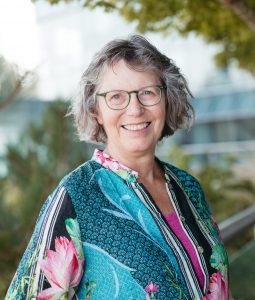 Professor Fay Horak
Professor Fay Horak
John Nutt Endowed Professor of Neurology, School of Medicine, Balance Disorders Laboratory, Department of Neurology, Oregon Health & Science University, USA
Fields of research: Neurology, motor control neuroscience, physical therapy
Research project: Investigating the effectiveness of an exercise programme to improve mobility and turning for individuals with Parkinson’s disease
Funders: US National Institutes of Health (NIH), Department of Defense (DoD), Department of Veterans Affairs (VA)
Reference
https://doi.org/10.33424/FUTURUM483
About neuroscience
Neuroscience involves the study of the nervous system: how it is built, how it works and what happens when it goes wrong. It is an especially important discipline given its findings can be applied to the treatment of neurological disorders, which cause more hospitalisations and disabilities than any other class of diseases in the US.
Neurological disorders are arguably the most complex diseases in existence because they affect the most complex organ of all – the brain. Many neurological disorders still have no known cures, which highlights the importance of neuroscience research. The Oregon Health & Science University (OHSU) focuses on collaborative research efforts that move quickly from discovery to clinical trials, helping to make treatments available as rapidly as possible.
Such work involves a high degree of coordination between researchers and practitioners, as well as working closely with trial participants and patients. Collaborations also go further afield. “I have collaborated with experts in engineering, psychology, statistics, physics, medicine, imaging, and many other disciplines,” says Fay. “This includes scientists from all over the world.”
OHSU spans both academic research and clinical practice. Many faculty members participate in both scientific research and clinical care, as well as mentoring to ensure that knowledge is shared. OHSU’s neurology department is connected to the VA Portland Health Care System (a health care centre run by the US Department of Veterans Affairs for ex-military personnel) via a sky bridge, allowing researchers to approach patients for participation in clinical trials.
Pathway from school to neuroscience
• At school and post-16 years, Fay recommends taking subjects such as mathematics, biology, chemistry and English to gain a good grounding in relevant science and analysis techniques, and how to communicate them.
• At university, a degree in neuroscience, physiology, anatomy, biology, psychology, movement science or physical therapy can provide a pathway to a career within neuroscience.
Explore careers in neuroscience
• The Balance Disorders Laboratory participates in ‘Saturday Academy’, a Portland-based programme that partners high school students with laboratories and companies for summer internships.
• Pathways to Science provides information on a range of upcoming neuroscience summer camps, internships and other engagement opportunities for high school students.
• Fay recommends the Society of Neuroscience for opportunities such as internships and support for high school students to attend their events. Other relevant societies include the International Society of Posture and Gait Research, the Society for the Neural Control of Movement and the Movement Disorders Society.
• According to PayScale, a starting neuroscientist makes on average $82,000 a year in the US.
Meet Fay
While I was studying physical therapy, my mother was diagnosed with brain cancer. This motivated me to read about brain science and to better understand what led to specific movement disorders, as well as how rehabilitation could help. I decided to get a master’s degree in neuroscience, performing original research about proprioceptors (sensory receptors) in the muscles of cats. I fell in love with neuroscience research and moved to work with primate and human participants for my PhD.
An ex-CEO with Parkinson’s disease asked me to develop a new technology that would allow measures of walking and balance to be used in clinical trials. His foundation helped our Balance Disorders Laboratory and start-up company (APDM) develop novel, wearable technology to measure the quality of walking, turning and balance. Our sensors are now used in many clinical trials for PD and other neurological diseases.
I am delighted that the Balance Evaluation Systems Test (BESTest) that we developed is now the most popular clinical balance test in the world. I am also proud to have contributed to developing the wearable technology that is now used internationally, and I have been honoured to receive an array of national and international awards for my work.
I enjoy mentoring young neuroscientists to achieve their goals. I also aim to help pharmaceutical companies make the best use of digital measures of balance and walking, to make their clinical trials for neurological disorders more successful.
Fay’s top tips
1. Find a great mentor. This might be a teacher at school or a laboratory or hospital researcher where you volunteer as an intern.
2. Try to find a range of experience in different areas of neuroscience. Careers in neuroscience can vary hugely, and day-to-day tasks are only obvious when you see them for yourself. While some neuroscientists, like me, work with lots of people, others work mostly with animals or cells.
Do you have a question for Fay?
Write it in the comments box below and Fay will get back to you. (Remember, researchers are very busy people, so you may have to wait a few days.)
2 Comments
Submit a Comment
Learn more about how wearable devices are aiding healthcare:
www.futurumcareers.com/how-can-intelligent-systems-revolutionise-healthcare

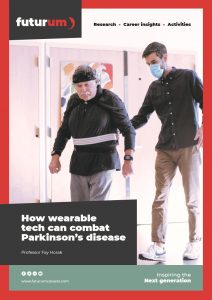
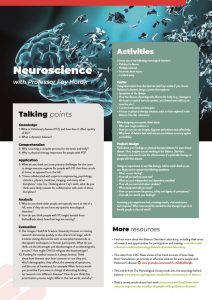
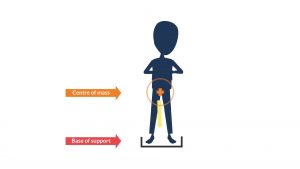
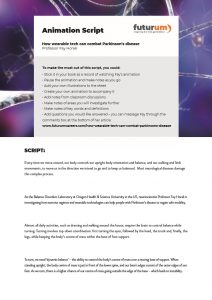
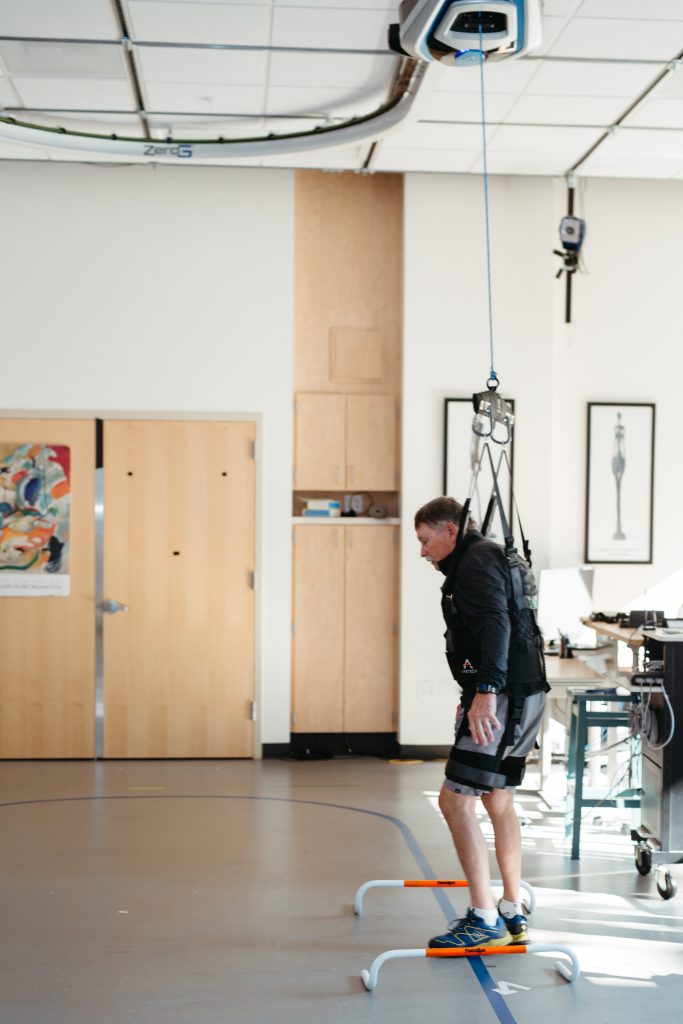

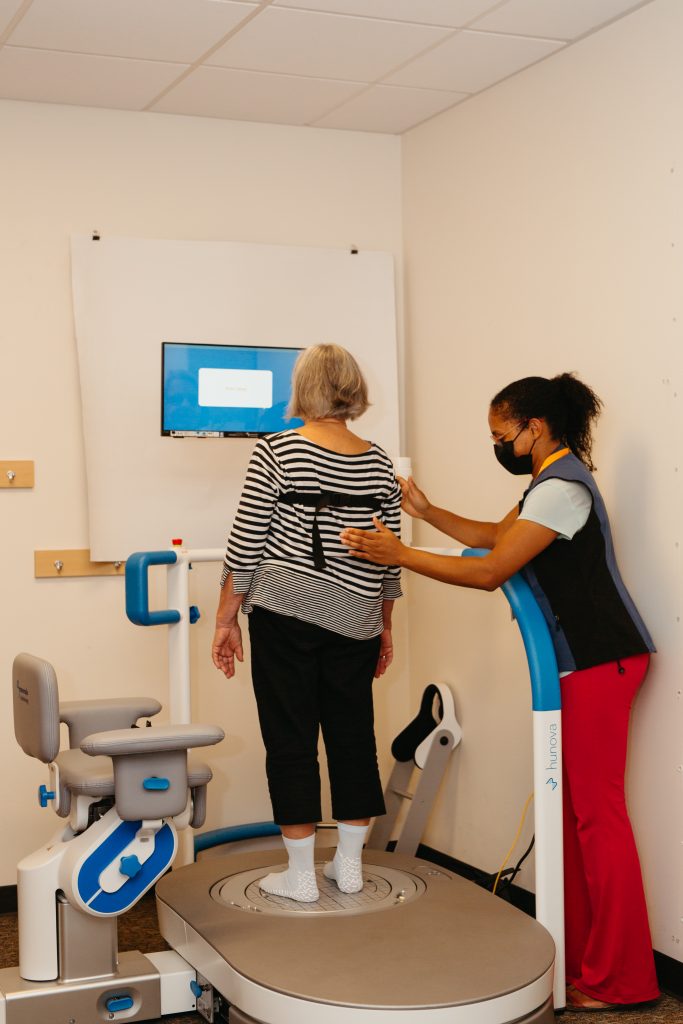
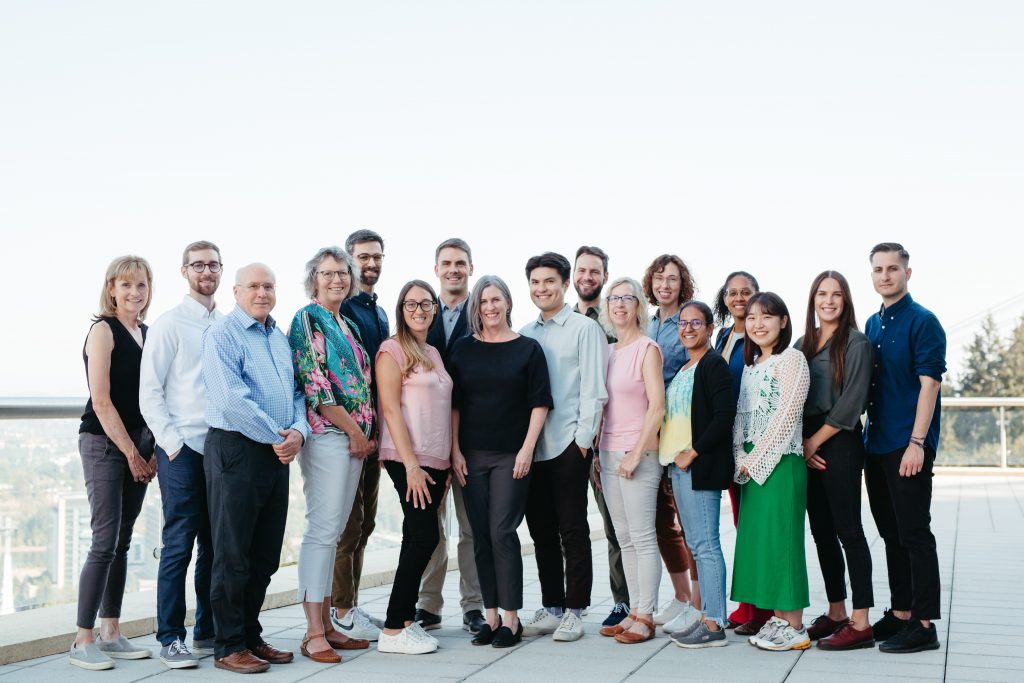
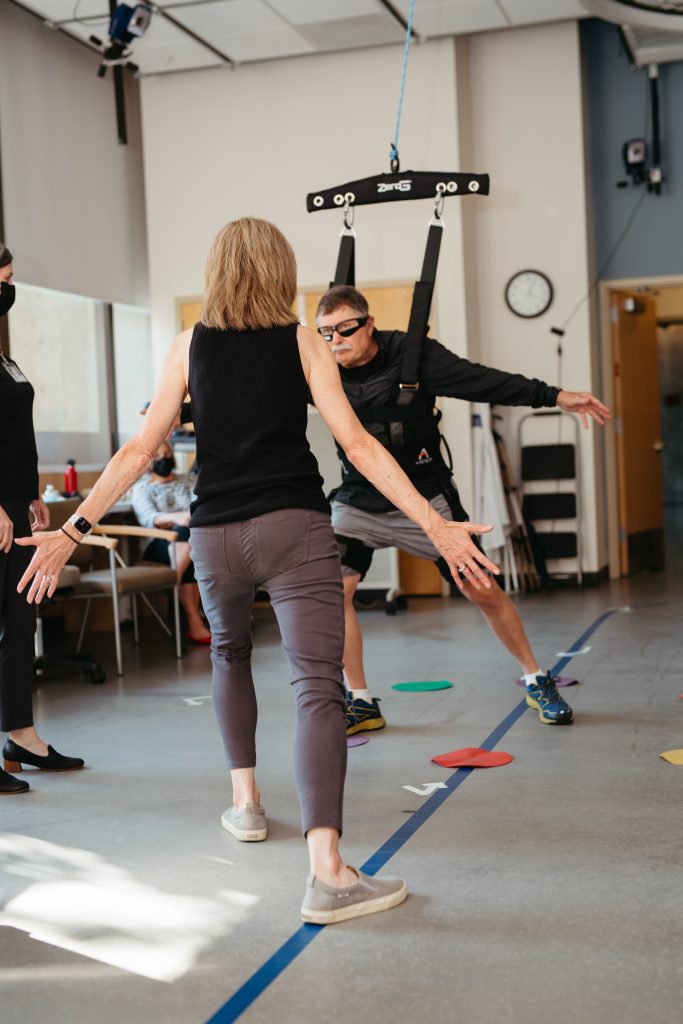
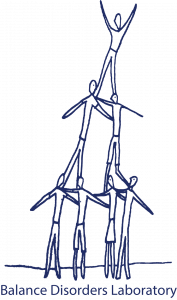

Interesting, I clearly have balance problems when getting up from a chair or walking in to a poorly lit room or even just getting over a doorway threshold under good lighting conditions. I can get through a doorway if I prepare myself mentally before hand. Now turning isn’t a problem. On a hard polished surface eg. hardwood floor if I want to turn around and go in the opposite direction I can spin, taking my weight on one heel, and head the way I came. Not exactly what one would expect. I am a well retired 82 year old engineer with a PhD in biomedical engineering who has been referred to OHSU by a rather exasporated neurologist in Salem. I am looking for alternative treatments, studies possibly, where I can be of some help. My neurologist has referred me to OHSU Neurology for evaluation, I don’t know why…
So sorry you are having balance problems. You describe situations such as darkness and doorways that commonly cause balance problems in people with Parkinson’s disease because of difficulty using somatosensory information from the skin and muscles and over-dependence on voluntary planning due to subtle freezing. It always helps to meet with MD and PT experts at national Parkinson’s Centers, like OHSU, to learn about new studies, treatments and opportunities. I recommend you attend the World Parkinson Congress and contact local Parkinson Support Groups near you to learn abut alternative treatments and studies.